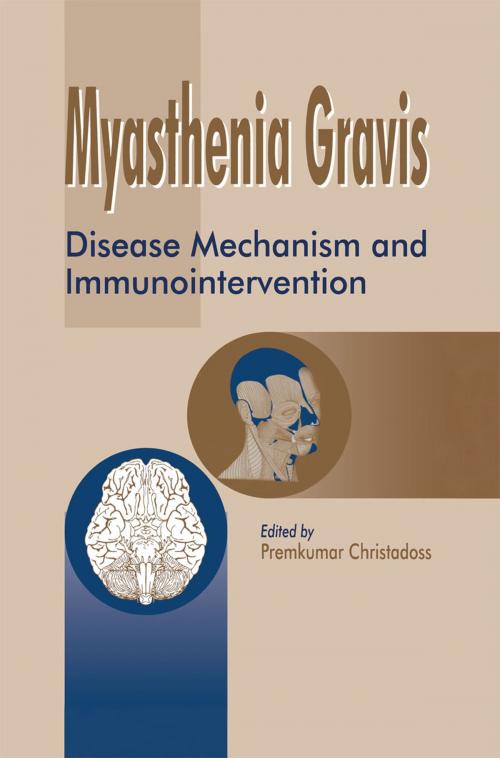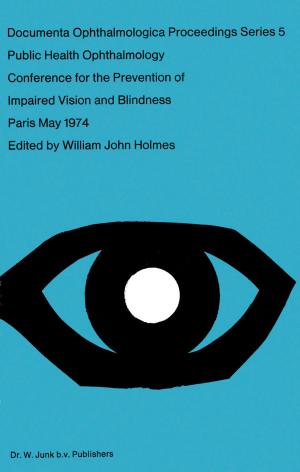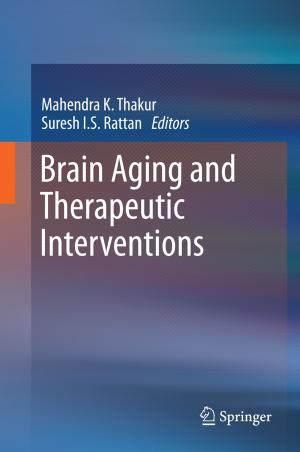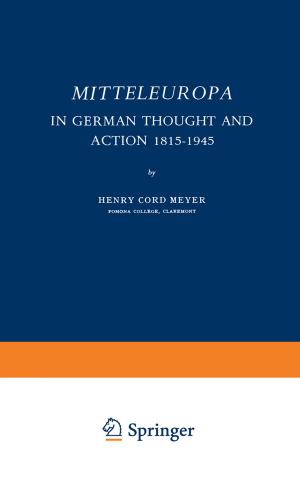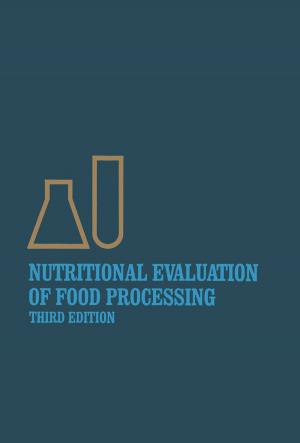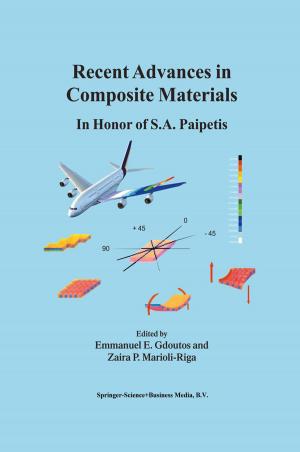Myasthenia Gravis
Disease Mechanism and Immunointervention
Nonfiction, Health & Well Being, Medical, Medical Science, Immunology, Specialties, Internal Medicine, General| Author: | ISBN: | 9789401140607 | |
| Publisher: | Springer Netherlands | Publication: | December 6, 2012 |
| Imprint: | Springer | Language: | English |
| Author: | |
| ISBN: | 9789401140607 |
| Publisher: | Springer Netherlands |
| Publication: | December 6, 2012 |
| Imprint: | Springer |
| Language: | English |
Autoimmune myasthenia gravis (MG) is a classical autoimmune disease, for which the target antigen, nicotinic acetylcholine receptor, has been cloned, sequenced and biochemically characterized. Antibodies to acetylcholine receptors destroy acetylcholine receptor at the neuromuscular junction, thus leading to defective neuromuscular transmission, muscle fatigue, and weakness.
In the last few years, rapid advances have been made in unraveling the cellular and molecular mechanisms involved in the pathogenesis of MG, both in the animal model, experimental autoimmune MG (EAMG), and in human MG. Significant advances are being made in characterizing the cells and molecules involved in the autoimmune response to the acetylcholine receptor (AChR). These advances are leading to the development of specific methods of immunointervention in EAMG. Further understanding of the intricate involvement of the major histocompatibility complex (MHC) and non-MHC genes, T cell receptors (TCR), costimulator molecules, and specific cytokines in the afferent and efferent autoimmune response of AChR should pave the way to future antigen/clone-specific therapy of MG.
This book is the outcome of the MG workshop proceedings in Mysore, India, 1998. The majority of the chapters in this book are contributed by world-renowned authors and their students. The book not only contains a timely review of specific topics, but also up-to-date findings. Immunologists and neurologists will find, in this volume, the latest in MG/EAMG cutting-edge research. Clinicians will be interested in the applications of the various immunointervention strategies into clinical trials in MG patients. Finally, students will not only be interested in reading the latest in EAMG/MG research, but will also find information to help them develop a future strategy to unravel the precise mechanism of disease.
To summarize, in this book, the readers should find up-to-date information related to immunological mechanisms involved in MG pathogenesis and various modalities for possible approaches to immunointervention to treat MG.
Autoimmune myasthenia gravis (MG) is a classical autoimmune disease, for which the target antigen, nicotinic acetylcholine receptor, has been cloned, sequenced and biochemically characterized. Antibodies to acetylcholine receptors destroy acetylcholine receptor at the neuromuscular junction, thus leading to defective neuromuscular transmission, muscle fatigue, and weakness.
In the last few years, rapid advances have been made in unraveling the cellular and molecular mechanisms involved in the pathogenesis of MG, both in the animal model, experimental autoimmune MG (EAMG), and in human MG. Significant advances are being made in characterizing the cells and molecules involved in the autoimmune response to the acetylcholine receptor (AChR). These advances are leading to the development of specific methods of immunointervention in EAMG. Further understanding of the intricate involvement of the major histocompatibility complex (MHC) and non-MHC genes, T cell receptors (TCR), costimulator molecules, and specific cytokines in the afferent and efferent autoimmune response of AChR should pave the way to future antigen/clone-specific therapy of MG.
This book is the outcome of the MG workshop proceedings in Mysore, India, 1998. The majority of the chapters in this book are contributed by world-renowned authors and their students. The book not only contains a timely review of specific topics, but also up-to-date findings. Immunologists and neurologists will find, in this volume, the latest in MG/EAMG cutting-edge research. Clinicians will be interested in the applications of the various immunointervention strategies into clinical trials in MG patients. Finally, students will not only be interested in reading the latest in EAMG/MG research, but will also find information to help them develop a future strategy to unravel the precise mechanism of disease.
To summarize, in this book, the readers should find up-to-date information related to immunological mechanisms involved in MG pathogenesis and various modalities for possible approaches to immunointervention to treat MG.
